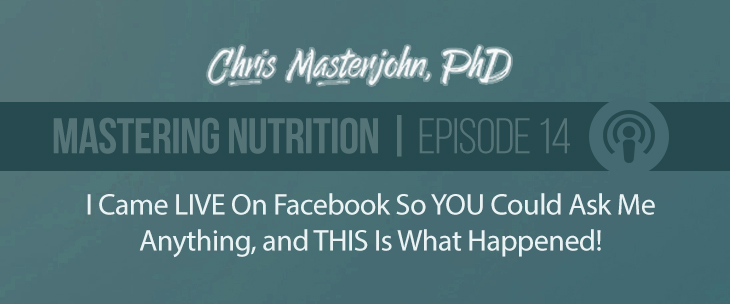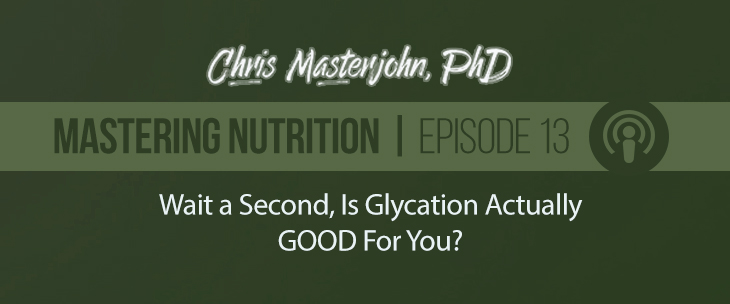
How to Use This Database
If you do a blank search in the default setting, it will rank all foods recorded in the USDA database according to their potassium-to-net-carb ratio. You can enter a keyword, pick a category, or do both to make the search more specific.
The numbers listed in this mode should be used only to compare foods to one another and to sort them. Click “view more details” to see how much potassium these foods provide per serving. I recommend using this mode primarily to select plant foods that you both enjoy and that rank highly. You can do this by ranking the categories, “vegetables and vegetable products,” “nut and seed products,” and “fruit and fruit juices.” Then, incorporate these into your diet and use other apps such as Cronometer to see how they impact your nutrition in a more comprehensive way.
If you are more concerned with limiting total carbs (which include fiber) rather than net carbs (which exclude fiber), you can do the same thing after changing the “contents” to “Potassium (in mg) per gram of total carb.” You can also sort foods by mg potassium per 100 grams of food.
Who is This Database For?
This database is primarily for people on a low-carbohydrate, plant-inclusive diet. On such a diet, animal foods will contribute significantly to your potassium intake, but you will need additional potassium from your plant foods, all of which contain some carbohydrate. If you're counting carbs or net carbs, ranking carbohydrate-containing foods according to their potassium-to-net-carb ratio can help you select the foods that are most effective at fulfilling your potassium requirement.
Although carnivores can use this database, I will soon be releasing a potassium database aimed more specifically at addressing concerns that are specific to carnivore diets.
Why I Made This Database
When I was writing Testing Nutritional Status: The Ultimate Cheat Sheet, I was making guidelines for getting enough potassium on a high-fat, low-carbohydrate diet. I found that I could easily sort foods that are high in potassium and low in total carbohydrate on other sites, but I couldn't sort by net carbs (carbs minus fiber), which many people on low-carbohydrate diets consider more important. This is particularly troublesome because most foods that are high in potassium but low in net carbs are very high in fiber, and are therefore not very low in total carbohydrate. This makes it hard to find the best food choices, and required a lot of extra work with spreadsheets.
This database makes sorting foods by their potassium-to-net-carb ratio easy as… chrysanthemum leaves.
The Best High-Potassium, Low-Carb Plant Foods
According to the database, the 10 best high-potassium, low-net carb plant foods are 1) chrysanthemum leaves, 2) chrysanthemum garland, 3) dried sesame seed kernels, 4) mustard greens, 5) broccoli raab, 6) dock, 7) endive, 8) beet greens, 9) kale, and 10) bamboo shoots.
Some other foods that are more commonly consumed than many of the top ten and still have decent ratios include spinach, arugula, various cabbages and lettuces, celery, white mushrooms, zucchini, asparagus, and tomatoes.
How Much Potassium Do We Need?
The adequate intake (AI) is the daily intake that the National Academy of Medicine's Food and Nutrition Board (FNB) recommends we get when there is not enough evidence to make a recommended dietary allowance (RDA). In 2005, the FNB set the potassium AI for adults at 4.7 grams per day. In 2019, the FNB reduced the AI to 2.3 grams per day for adult women and 3 grams per day for adult men.
These values are not substantially different from those advocated by experts for people on ketogenic diets. For example, Stephen Phinney recommends 3-4 grams of potassium per day.
Some researchers have suggested our paleolithic ancestors ate up to 11 grams of potassium per day.
I recommend using the current AI as a minimum target, the old AI of 4.7 grams as the bottom of the optimal range, and the 11-gram estimate of paleolithic intake as the upper bound of the optimal range. So, the minimum for adult women is 2.3 grams per day, the minimum for adult men is 3 grams per day, and the optimal range for all adults is 4.7-11 grams per day.
Everyone should shoot for at least the minimum target. However, if you are only eating the minimum target, you may need to reduce your sodium intake to 1.5-2.3 grams per day if you find that your blood pressure rises in response to sodium, or that you experience any water retention or swelling when eating salt. Additionally, at the minimum potassium target, excess sodium is more likely to hurt your bone and kidney health over the course of decades in ways that are very difficult to measure.
By contrast, most people who reach the optimal range for potassium will be able to freely salt their food to taste without worrying about it affecting their blood pressure, bone health, or kidney health.
Combining animal foods providing 75-150 grams of protein per day with one to two pounds of high-potassium, low-net carb plant foods will generally push potassium intakes well into the optimal range.
Can't I Just Take a Supplement?
If you use a potassium supplement, I recommend potassium citrate (powder, capsules). Potassium supplements are best taken with food and spread evenly across meals.
Potassium supplements are very safe for most healthy people, but are not necessarily safe for people with diabetes, insulin resistance, impaired kidney function, or who are using ACE inhibitors, angiotensin receptor blockers, potassium-sparing diuretics, alpha- or beta-blockers, digitalis, heparin, the antimicrobial drugs Bactrim and pentamidine or nonsteroidal anti-inflammatory drugs (NSAIDs, such as aspirin and ibuprofen). If you fall into one of these categories, you likely have a more difficult time clearing potassium from your blood and should not take potassium supplements unless you get clearance from your doctor first.
Potassium-rich foods, by contrast, are generally safe for everyone unless a doctor has advised otherwise.
Potassium-rich foods are rich in many other nutrients, so I recommend always using foods before you resort to supplements.
Further Reading
The 2005 report with the original AI can be found here, and the new 2019 report can be found here.
My Vitamins and Minerals 101 class contains three lessons on salt and potassium totaling 42 pages. The first covers what they do in our bodies and why they're so important to our health. The second covers my analysis of the official recommendations and why I believe the optimal range should be 4.7-11 grams per day. The third covers how to get enough salt and potassium from food and supplements, how to avoid problematic forms of salt in processed foods, how to tailor the recommendations to grain-based, keto, low-carb, and carnivore diets, and how to choose between potassium supplements and take them safely.
If you sign up for the free version of the class, one lesson per day is sent to you by email or Facebook messenger for 30 days. The lessons start with vitamin A, and lessons 25, 26, and 27 cover salt and potassium.
If you would like to get access to the salt and potassium lessons immediately, you can sign up for Vitamins and Minerals 101 Premium.
The premium version has other features that make it easier to get more out of the lessons, such as a private Facebook group that I participate in five days a week, all the lessons organized neatly as PDFs and text neatly in one place, the ability to keyword search across the lessons, and the ability to easily skip around in the lessons by clicking links to find exactly what you want and only what you want.
How to Share This Post and Show It Love
Join the Next Live Q&A
Have a question for me? Ask it at the next Q&A! Learn more here.
Subscribe
Subscribe or upgrade your subscription here.
Masterpass members get access to premium content (preview the premium posts here), all my ebook guides for free (see the collection of ebook guides here), monthly live Q&A sessions (see when the next session is here), all my courses for free (see the collection here), and exclusive access to massive discounts (see the specific discounts available by clicking here). Upgrade your subscription to include Masterpass membership with this link.
Learn more about the Masterpass here.
Take a Look at the Store
- At no extra cost to you, please consider buying products from one of my popular affiliates using these links: Paleovalley, Magic Spoon breakfast cereal, LMNT, Seeking Health, Ancestral Supplements. Find more affiliates here.
- For $2.99, you can purchase The Vitamins and Minerals 101 Cliff Notes, a bullet point summary of all the most important things I’ve learned in over 15 years of studying nutrition science.
- For $10, you can purchase The Food and Supplement Guide for the Coronavirus, my protocol for prevention and for what to do if you get sick.
- For $15, you can pre-order a single format of my Vitamins and Minerals 101 book, my complete guide to nutrition, which I am currently working full-time on finishing.
- For $25, you can pre-order a digital bundle of my Vitamins and Minerals 101 book.
- For $29.99, you can purchase a copy of my ebook, Testing Nutritional Status: The Ultimate Cheat Sheet, my complete system for managing your nutritional status using dietary analysis, a survey of just under 200 signs and symptoms, and a comprehensive guide to proper interpretation of labwork.
- For $35, you can pre-order a complete bundle of my Vitamins and Minerals 101 book.
- For $250-$1499.99, you can work one-on-one with me.




thanks for your info.. I’m on a Zero Carb Diet, and take Potassium Citrate in a Capsule twice a day and also Calcium/Magnesium Citrates,, 🙂
coffee is a plant food,.. rich of potassium !
Thanks for putting this together! Curious what your thoughts are on low-sodium salt substitutes with potassium chloride (like Lo-Salt).
Hi Chris,
Have you compiled your Vitamins & Minerals Course into a book yet? I had seen a post of yours mentioning plans to make it available, but I wasn’t sure when it might happen or have happened.
Thanks,
LM